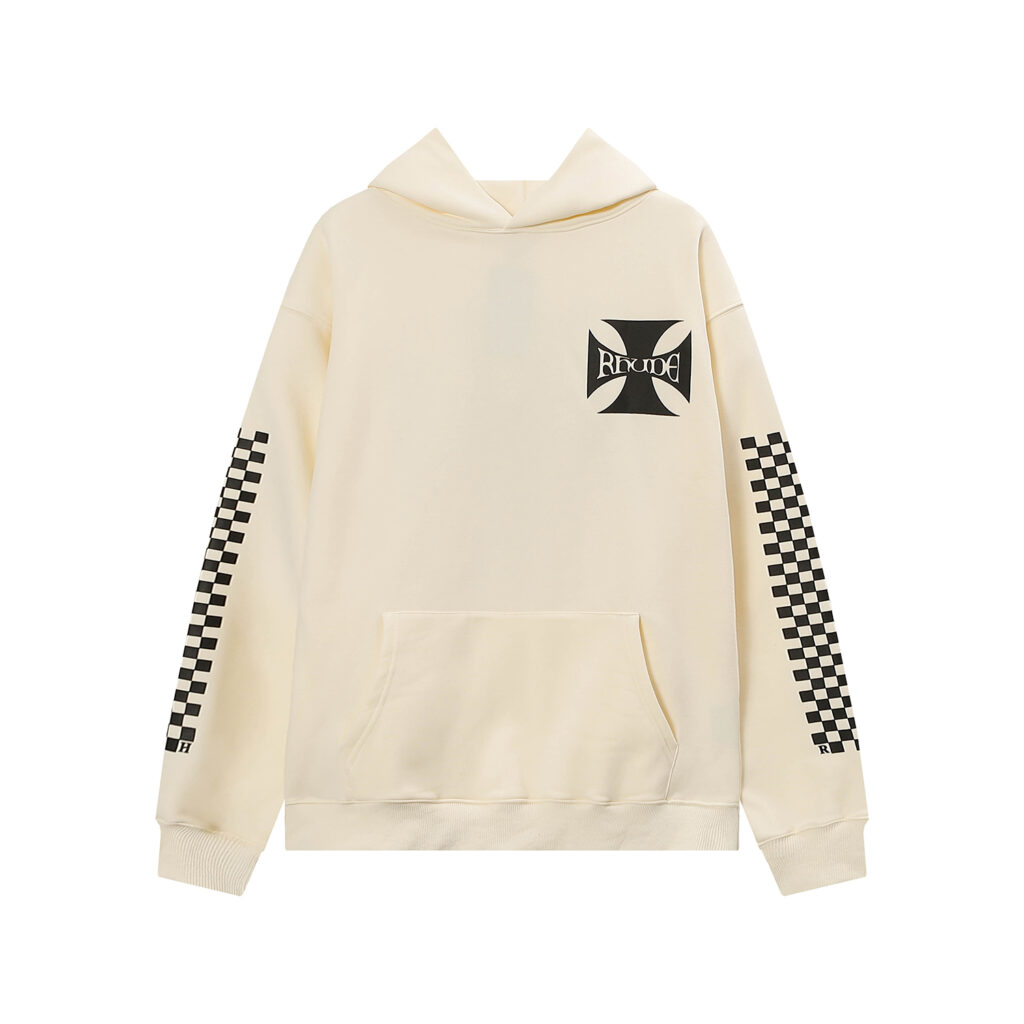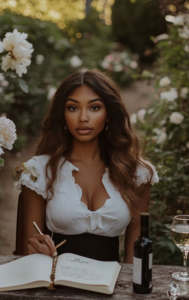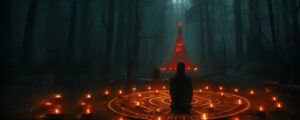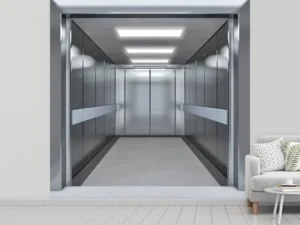Exploring the Rich Culture of Pakistani Suits: A Blend of Tradition and Modernity
Pakistani suits have long been a staple in the wardrobes of women who appreciate elegance, comfort, and style. With their roots deeply embedded in traditional craftsmanship, yet continuously evolving to match modern trends, these suits represent a beautiful blend of heritage and contemporary fashion.
Whether it’s the intricate embroidery or the flowy silhouettes, Pakistani suits offer a wide range of designs suited for every occasion.
In this blog, we’ll take a closer look at the rich culture of wholesale pakistan suits, how they incorporate traditional elements, and how they’ve adapted to modern trends to remain relevant in today’s fashion world.
The Traditional Elegance of Pakistani Suits
Pakistani suits have a strong connection to the country’s cultural and historical heritage. They are known for their intricate designs, fine craftsmanship, and the use of rich fabrics. Traditionally, Pakistani suits consist of three pieces: the kameez (tunic), salwar (loose trousers), and dupatta (scarf). The beauty of these suits lies in their varied regional influences, which are reflected in the embroidery, patterns, and fabric choices.
1. Embroidery and Handwork:
Traditional Pakistani suits are known for their detailed embroidery work, which includes techniques like Zardozi, Chikan Kari, and Mirror Work. These styles date back centuries and are often used for weddings, formal occasions, or festivals. The embroidery can be intricate and dense, showcasing the artistic heritage of the region.
2. Fabrics:
Pakistani suits use a variety of luxurious fabrics like silk, chiffon, georgette, and cotton, ensuring comfort while maintaining an elegant look. For colder weather, heavier fabrics like velvet and brocade are popular. The use of high-quality fabrics is one of the reasons why Pakistani suits are loved for their longevity and beauty.
3. The Dupatta:
The dupatta is an essential part of a Pakistani suit, often featuring the same intricate embroidery or prints as the kameez. In traditional outfits, the dupatta is draped over the head or across the shoulder, adding a layer of elegance and modesty to the look.
The Modern Twist: Contemporary Pakistani Suit Styles
While the traditional style of Pakistani suits remains popular, the contemporary fashion scene has embraced these outfits in new and innovative ways. Today, Pakistani suits have evolved to reflect the changing fashion landscape while still honoring their roots.
1. Trending Cuts and Silhouettes:
Modern Pakistani suits feature a variety of cuts and silhouettes to suit different body types and preferences. From A-line to straight-cut, kurta-style to Anarkali, these new designs offer a contemporary look while retaining traditional elements. In addition, Palazzo pants and wholesale sharara suit have become a trendy alternative to the classic salwar, providing a more fashionable and modern twist.
2. Fabrics for the New Era:
Contemporary Pakistani suits incorporate a mix of both traditional fabrics and newer, lighter materials. Lawn fabric, for example, is a summer favorite, known for its cool, breathable texture. Designers also experiment with organza, crepe, and even denim to give a fresh appeal to traditional styles. Modern prints, such as floral patterns and abstract motifs, have found their way onto Pakistani suits, adding a more youthful vibe.
3. Fusion Styles:
A growing trend is the fusion of Pakistani suits with Western elements. For example, Pakistani kurtis are being paired with jeans, leggings, and skirts, creating an easy blend of ethnic and contemporary wear. Pakistani-style tunics are also being incorporated into evening wear, with embellished designs perfect for a night out. This fusion allows women to incorporate ethnic wear into their daily wardrobe without losing their modern edge.
4. Minimalistic Designs:
In contrast to the heavily embroidered traditional Pakistani suits, minimalist designs have become a go-to choice for many women. Simple, clean-cut suits with minimal embellishments and pastel hues are now common for both casual and semi-formal occasions. This style is a testament to how Pakistani fashion is adapting to a globalized and fast-paced lifestyle.
Celebrities and Fashion Icons in Pakistani Suits
Pakistani suits have also found a prominent place in global fashion, thanks to their embrace by celebrities and fashion icons. Bollywood celebrities like Deepika Padukone, Priyanka Chopra, and Kareena Kapoor Khan have been spotted wearing Pakistani designer suits at various events, showcasing how these outfits can be styled for both traditional and modern settings.
Pakistani television actresses and models often serve as style icons, further popularizing these outfits. Their ability to effortlessly combine traditional and modern looks has inspired countless women to embrace Pakistani suits, both for formal events and casual outings.
How to Style Pakistani Suits: Tips and Tricks
Styling Pakistani suits depends on the occasion, the fabric, and the overall look you’re going for. Here are some tips to make the most of your Pakistani suit:
1. Play with Accessories:
Pakistani suits often come with heavy embroidery or embellishments, so the right accessories can complete your look. Pair a heavily embellished suit with simple jewelry, or vice versa. Jhumkas, kada bangles, and clutch bags add a perfect touch of tradition.
2. Experiment with Dupatta Draping:
The way you drape your dupatta can significantly change the look of your Pakistani suit. For a more traditional look, drape it over your head or shoulders. For a contemporary flair, let it flow freely or secure it with a brooch.
3. Footwear Matters:
Traditional kolhapuri chappals or mojari work perfectly with Pakistani suits. For a more modern touch, you can wear block heels or wedges for added comfort and style.
4. Layering with a Jacket or Long Coat:
For winter occasions, pairing your Pakistani suit with a matching or contrasting long jacket or coat can provide warmth while elevating your look.
Conclusion
Pakistani suits beautifully capture the essence of traditional craftsmanship while embracing modern influences. Whether you choose a classic embroidered outfit for a wedding or a minimalist kurti for everyday wear, Pakistani suits offer something for everyone. Their rich cultural heritage and versatility ensure that these suits will remain a staple in ethnic fashion for years to come.
So, whether you’re drawn to their vibrant colors, intricate patterns, or modern twists, Pakistani suits are the perfect choice for anyone looking to celebrate their style with elegance and sophistication.














Post Comment